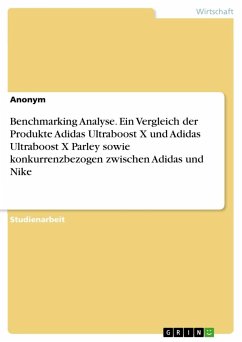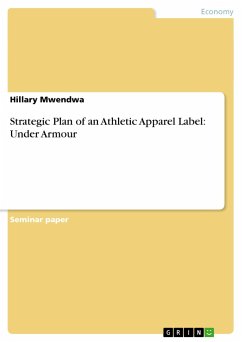Seminar paper from the year 2017 in the subject Business economics - Business Management, Corporate Governance, grade: 2,0, University of applied sciences, Munich, language: English, abstract: This text provides an overview of the strategies Adidas, Nike and Under Armour implement to compete in the sports apparel industry. Adidas and Nike, but also Under Armour, to some extent, are leveraging from a high bargaining power over their suppliers due to a strong and global supply chain. With the increase in E-Commerce stores and sporty fashion trends, the customer has a lower switching cost, making the sportswear industry very competitive. The sportswear industry consists of 6 strategic pillars: brand portfolio, innovation, markets, team, supply chain, and sustainability. Nike and Adidas compete for the highest market share and try to create a global corporate culture exploiting their history and core values. Sustainability has become a big concern in terms of the unethical supply chain strategy. Under Armour, on the other hand, is focusing to expand and compete with the big players in the sports industry with its unique innovation strategy to produce advanced sports products to enter new markets and reach more customers.








